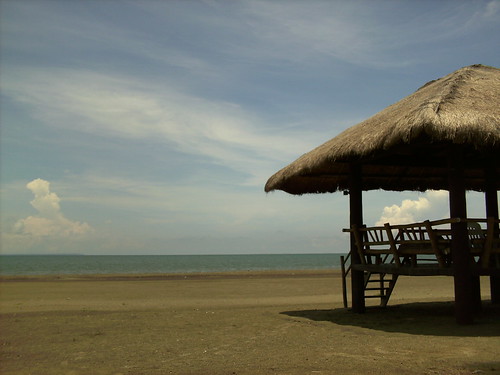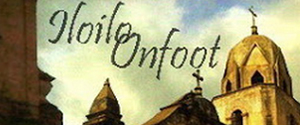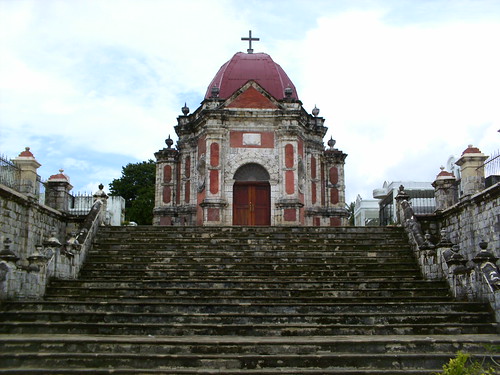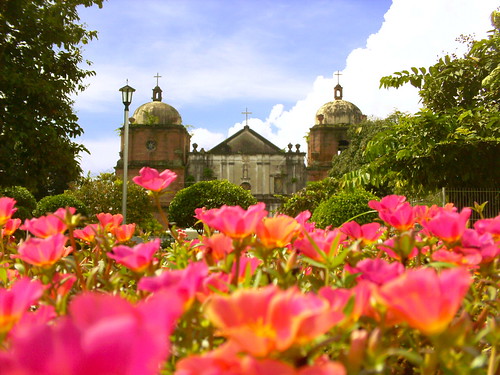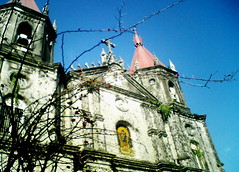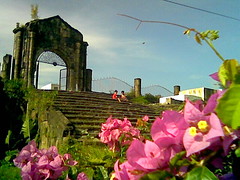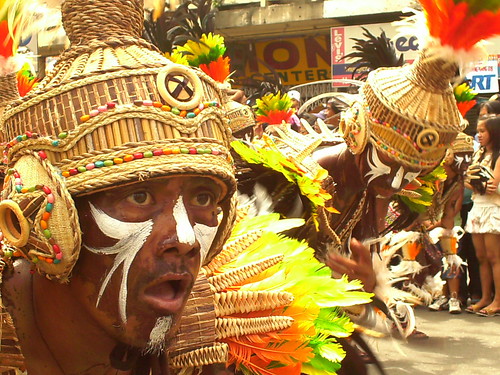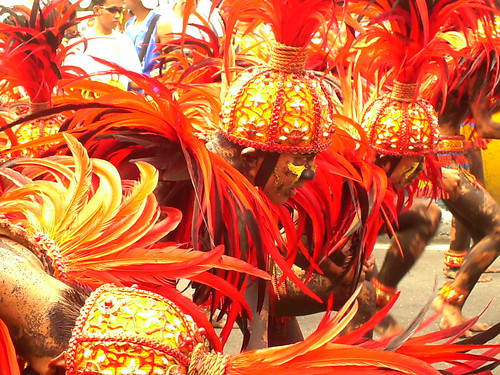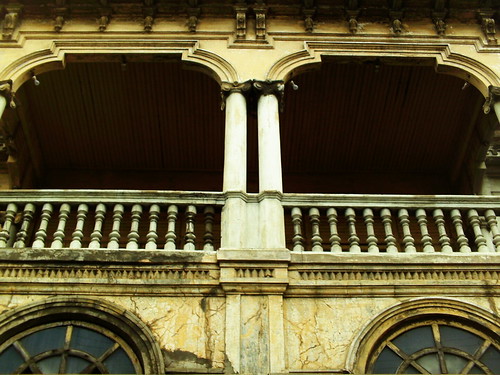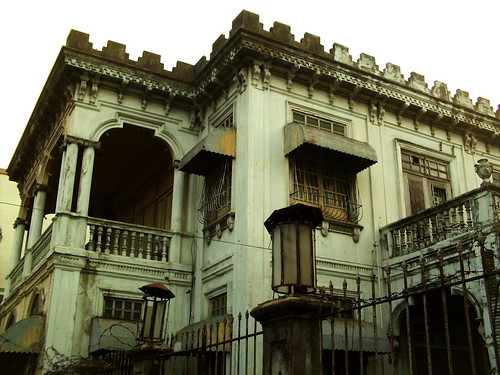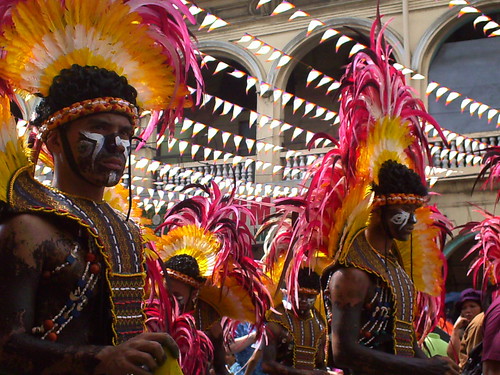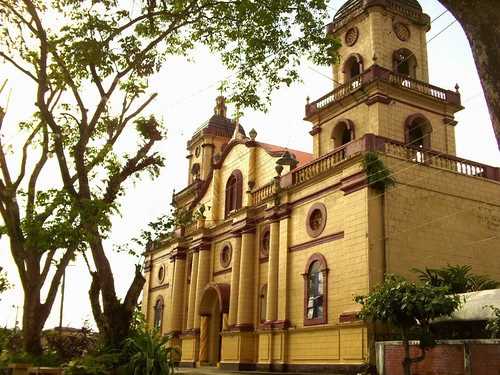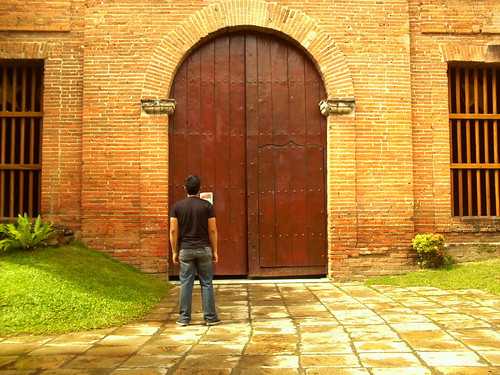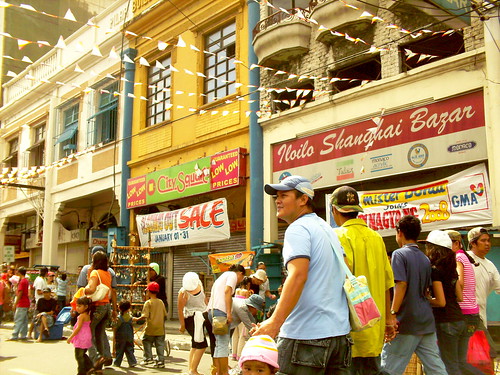 Have you ever imagined historic Calle Real without the hustling vehicles?
Have you ever imagined historic Calle Real without the hustling vehicles?Iloilo's Heritage Street appeared like a touristy destination when foreign and local tourists flocked to witness the Dinagyang Street dancing competition. Traffic was closed and the main roads of downtown Iloilo was only opened to those who are willing to beat the heat and stroll around the city's historic corner.
Many of the buildings in Calle Real matched the festive mood of Dinagyang as colorful rays of banderitas showered the street with fun-filled colors. With a single look, a tourist may appreciate the beauty of Colonial architecture where Asian and European architectures are merged in one place. If further restorations will be push through, Calle Real may become one of Asia's Historic Business Centers just like the San Ma Lo in Macau.



